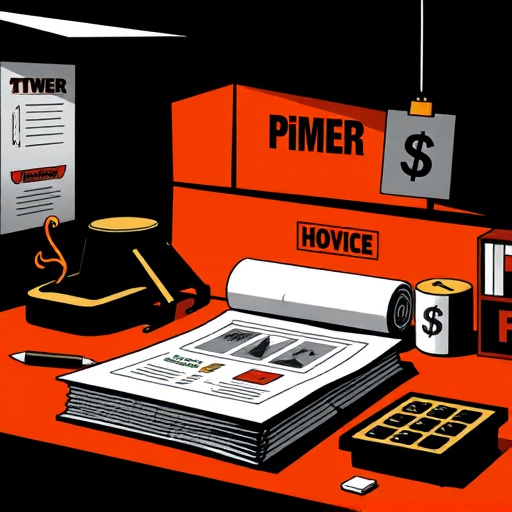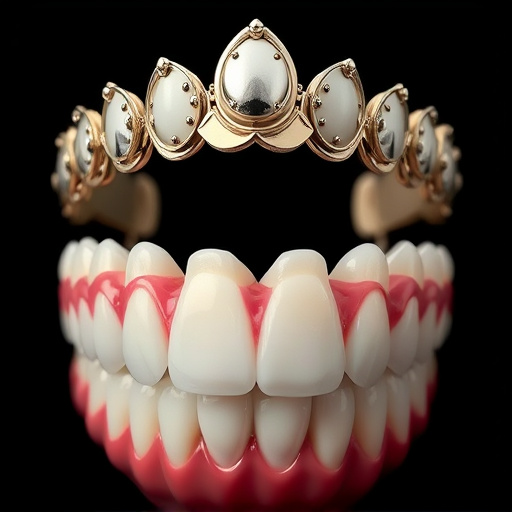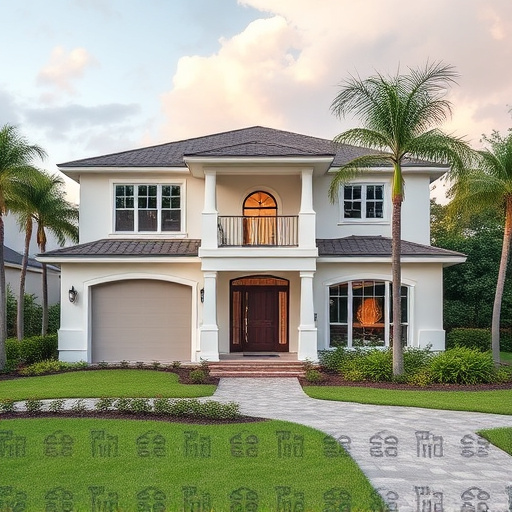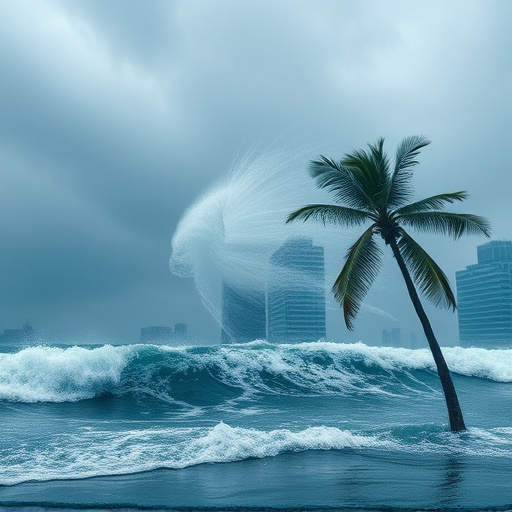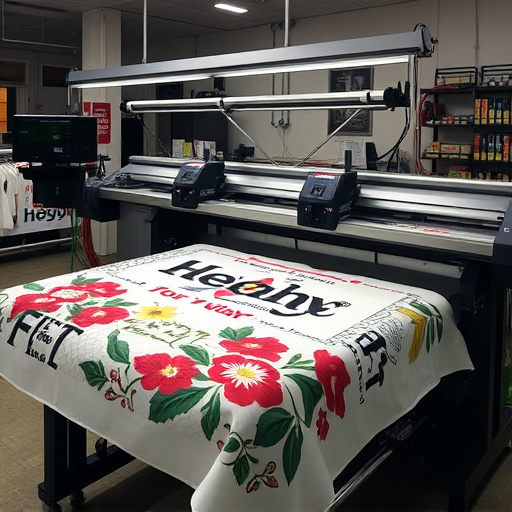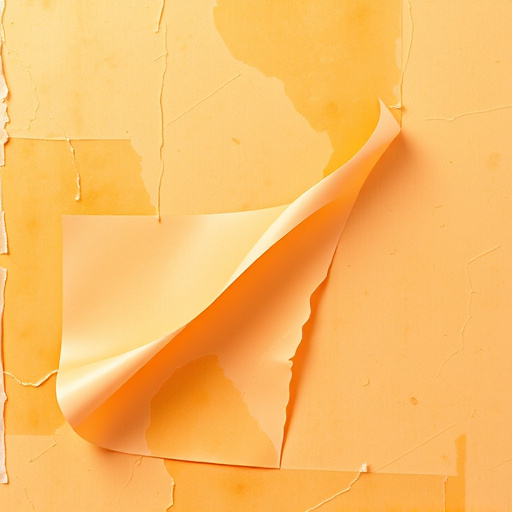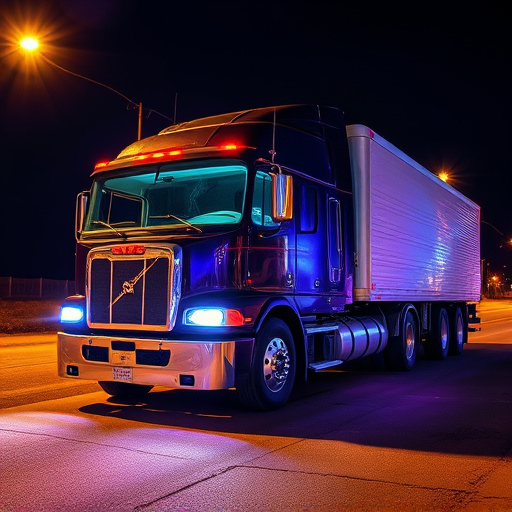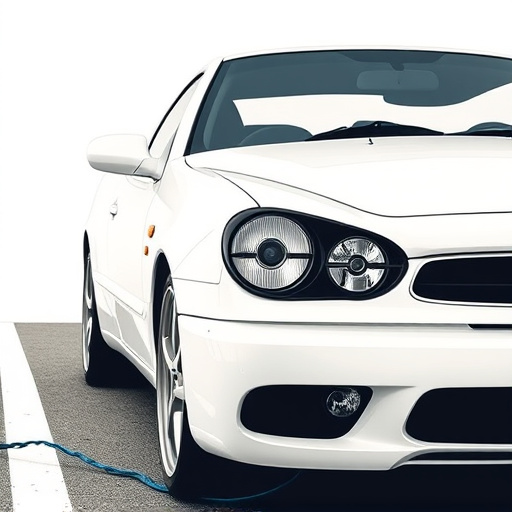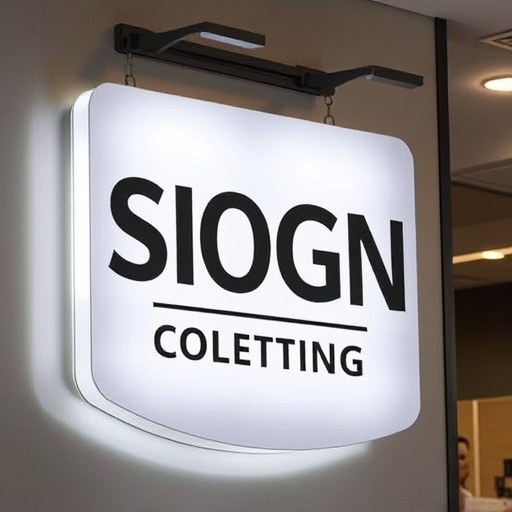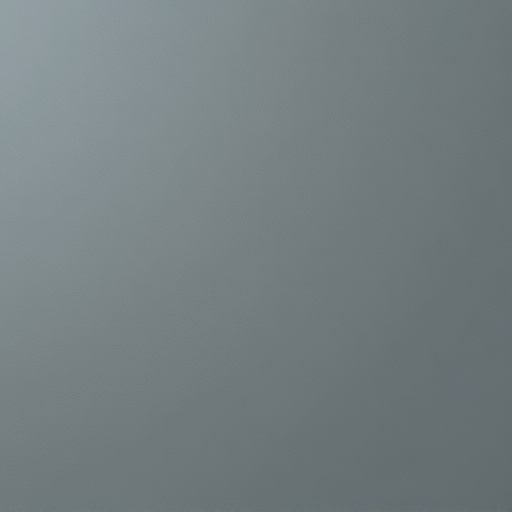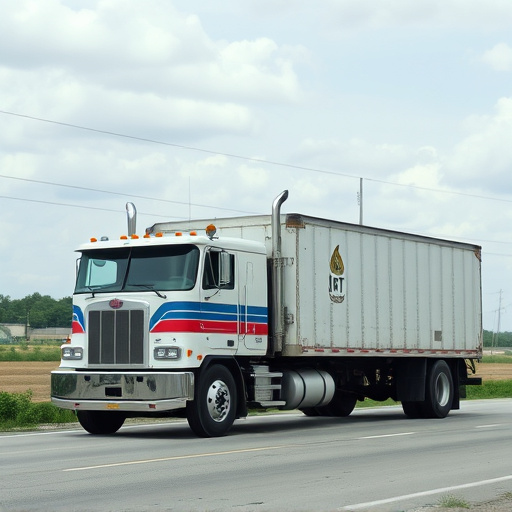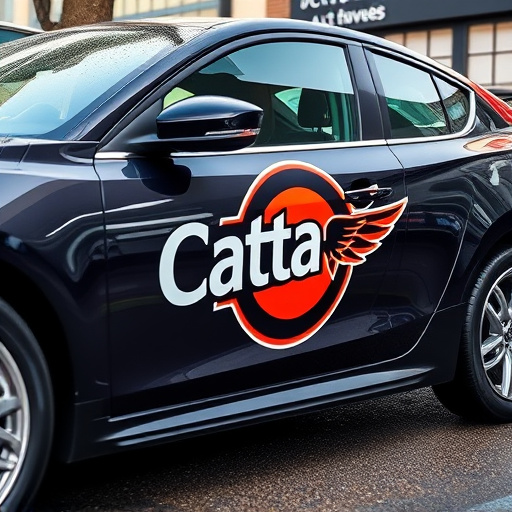High-resolution images of vehicles' intricate features are crucial for automotive service brochures, attracting customers and showcasing craftsmanship. For effective brochure design, select visually appealing photos relevant to your brand and target audience while maintaining a consistent theme. Aim for 300 DPI resolution and use appropriate file formats (JPEG, PNG, or vector) to ensure excellent print quality, preserving the brochure's professional appearance.
In the world of brochure design printing, images play a pivotal role in capturing attention and conveying messages effectively. This article guides you through the art of utilizing visuals wisely, ensuring your brochures make a lasting impression. We’ll explore strategies for selecting high-quality, impactful images that resonate with your target audience. Learn best practices for layout, placement, and optimization techniques to enhance readability while maintaining print clarity. Dive into these insights to revolutionize your brochure design approach.
- Selecting High-Quality Images That Pop
- – Choosing visually appealing images that align with your brochure's message
- – Tips for selecting resolution and file format for printing clarity
Selecting High-Quality Images That Pop
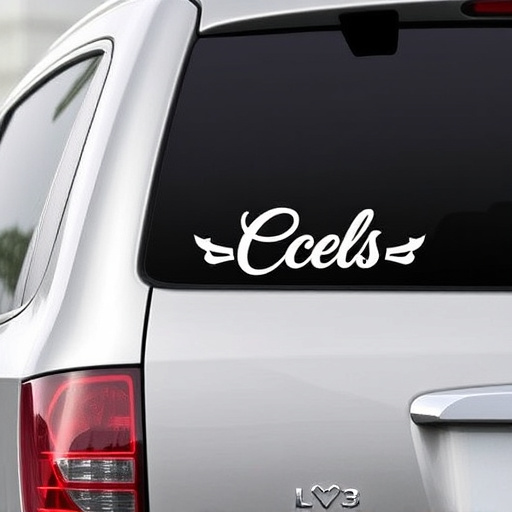
When designing a brochure for your business, especially in the realm of showcasing products like custom vehicle wraps or premium automotive services, selecting high-quality images is paramount. These visuals are often the first point of contact with potential customers, so they need to be striking and relevant. Think of it as the entrance to a vibrant, bustling display—if the door (or in this case, image) isn’t inviting, people might not enter. High-resolution photos that pop off the page can instantly grab attention and convey the essence of your brand or service, whether it’s showcasing a stunning car customization job or highlighting the intricate details of a custom vehicle wrap.
Opting for crisp, clear images ensures that viewers can appreciate the nuances of what you’re offering. For instance, when designing a brochure for a car customization business, using close-up shots of personalized interior trim, detailed engine modifications, or eye-catching paint finishes can be transformative. These visuals not only enhance the overall aesthetics but also serve as a testament to your craftsmanship and attention to detail, potentially convincing folks to consider your premium automotive services.
– Choosing visually appealing images that align with your brochure's message
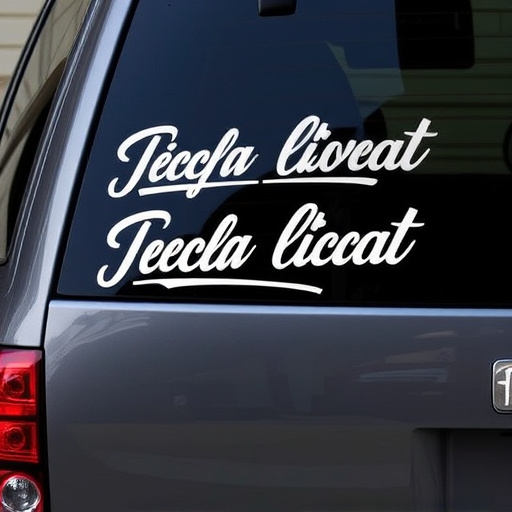
When designing a brochure for printing, selecting images that both captivate and convey your message is paramount. The visuals should complement the content, reinforcing the key points and creating an engaging experience for viewers. Choose pictures that are high-quality and relevant to your target audience and brand. For instance, if you’re promoting a car dealership, include striking images of their vehicles, showcasing features and aesthetics. This visually aligns with the brochure’s purpose, which is to generate interest and drive sales.
A successful brochure design printing strategy involves balancing esthetics and functionality. Ensure the images are not only beautiful but also serve as effective communication tools. Avoid clutter by selecting a few strong visuals that tell your brand story. Consider the overall theme and color scheme of your brochure when choosing pictures, maintaining consistency for a polished look. Additionally, think about how custom vehicle wraps or protective coatings can be visually integrated to enhance the brochure’s impact, especially if these are part of your marketing strategy.
– Tips for selecting resolution and file format for printing clarity
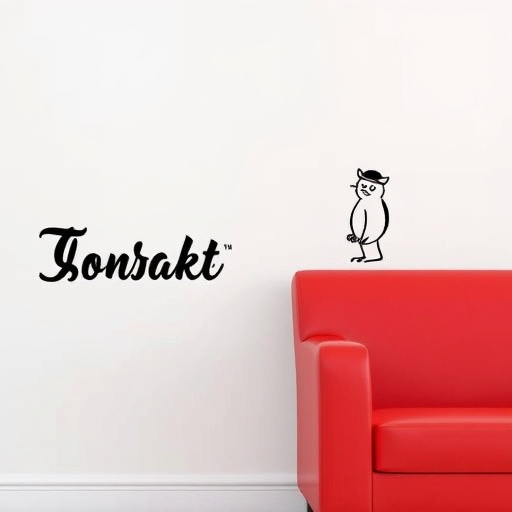
When preparing images for brochure design printing, paying attention to resolution and file format is crucial for achieving high-quality results. For optimal print clarity, aim for a minimum resolution of 300 dots per inch (DPI). This ensures that your images look sharp and crisp when reproduced on printed material. Lower resolutions may result in blurry or pixelated graphics, impacting the overall professional look of your brochure.
Choose the right file format based on your design software and printing method. Common formats like JPEG and PNG are suitable for photographs and illustrations respectively. For complex designs involving vehicle enhancements such as paint correction or car customization, consider using high-quality vector formats like Adobe Illustrator (.ai) or EPS files. Vector graphics maintain their clarity at any scale, making them ideal for detailed artwork that may be enlarged during the printing process.
When incorporating images into your brochure design printing, prioritize high-quality visuals that enhance your brand message. Choose pictures with sharp resolution and accurate color representation to ensure they print clearly. Follow best practices for file format selection, such as JPEG for photos and PNG for graphics with transparent backgrounds, to maintain printing integrity. By wisely selecting and optimizing your images, you can elevate the overall aesthetics and impact of your brochures.

